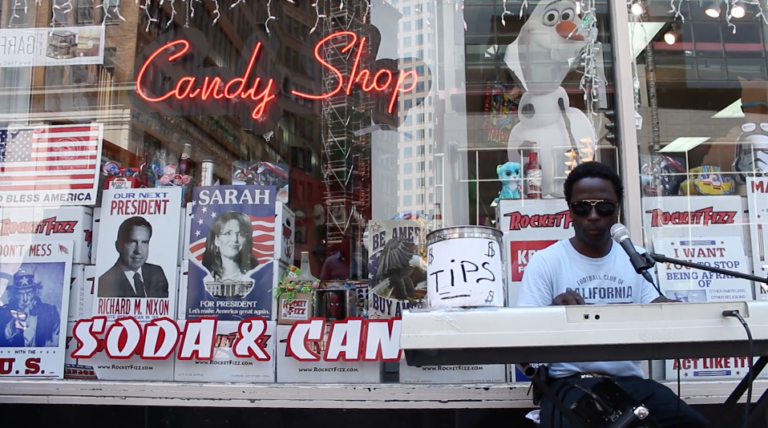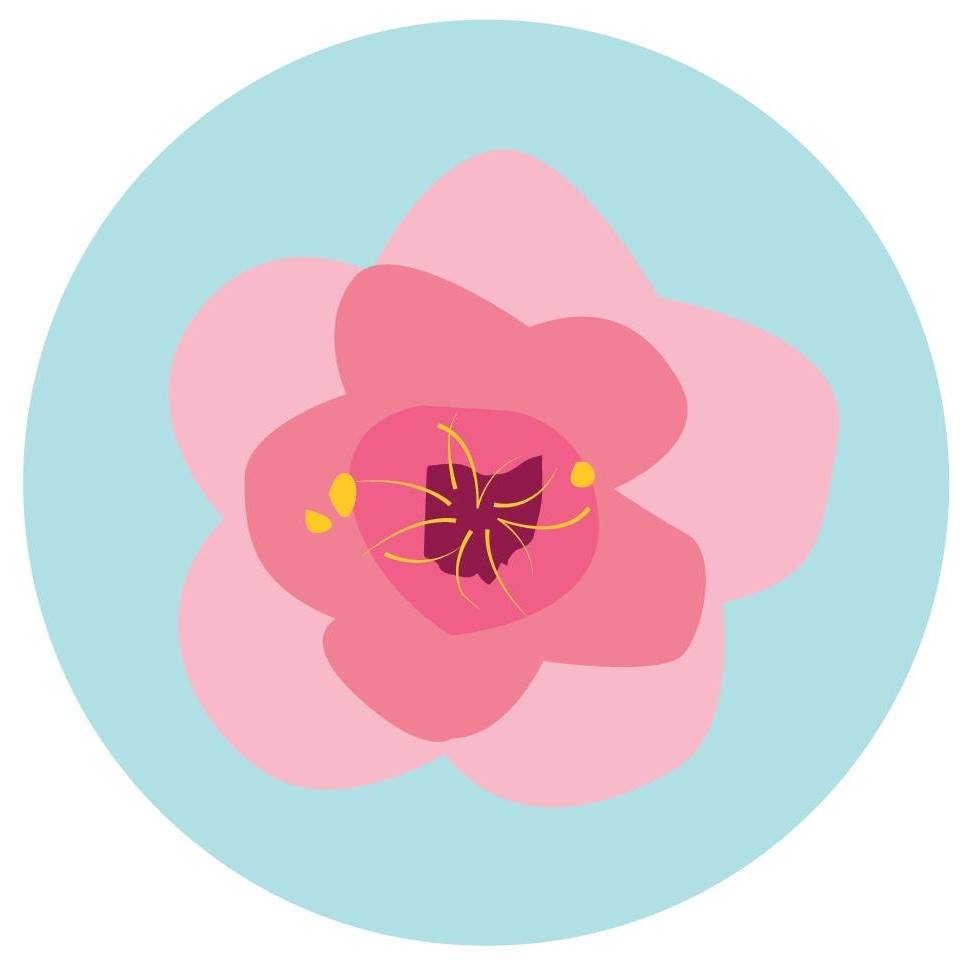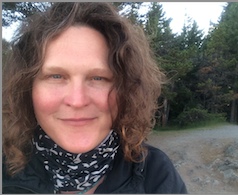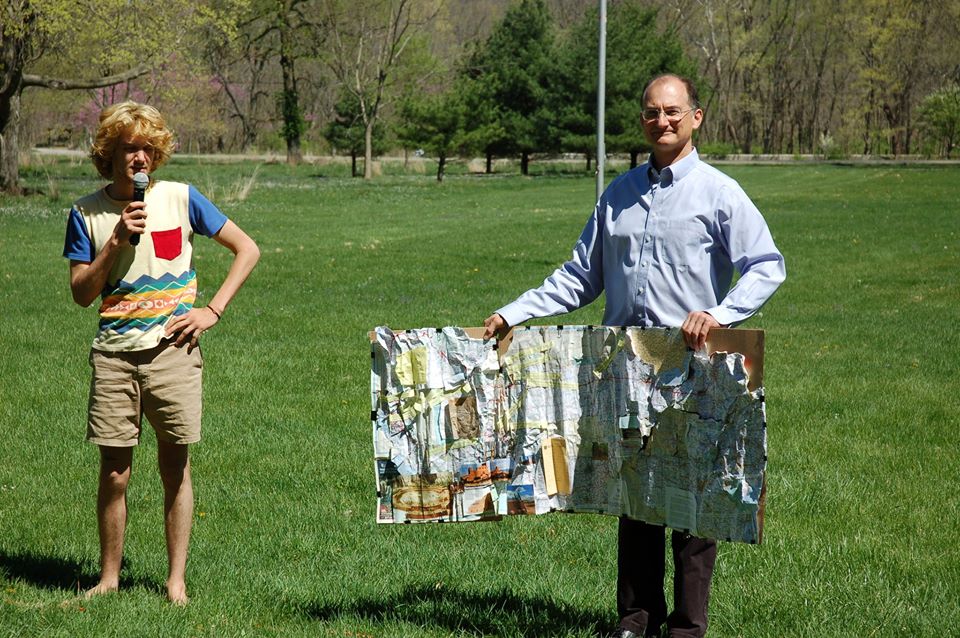Student Spotlight: Student-Faculty film collaboration, “Seriously Not Funny”
May 04, 2017Faculty Spotlight: Faculty Collaborate to Organize Ohayo Ohio 2017
May 04, 2017Four Antioch College faculty members have received a $24,000 grant from the Japan Foundation. The grant is offered to support institutions “that execute proposals designed to maintain and advance the infrastructural scale of Japanese Studies at their institution.” This grant is supplemented by a $3500 grant from the Yellow Springs Community Foundation.
Building on the success of the Antioch College Ohayo-Ohio Japanese Symposium in 2016,four Antioch College faculty members will offer Ohayo-Ohio II: New Opportunities for Cultural Engagement . Caitlin Meagher, Visiting Assistant Professor of Anthropology, Toyoko Miwa Osborne, Instructor of Japanese, Beth Bridgeman, Instructor of Cooperative Education, and Louise Smith, Associate Professor of Performance, are collaborating on a variety of Japanese cultural workshops and lectures for students, faculty, and the community, highlighting the work of Antioch College alumni working in the fields of kyogen, butoh, and washi.
Miwa-Osborne will offer an “Orizuru” symposium, bringing the film’s director and a panel of collaborators to discuss the making of this film, which tells the story behind Sadako and the Paper Cranes, and the bombing of Hiroshima. Smith will bring visiting artists and alumni Abel Coehlo, Butoh performer, and Dr. Julie Iezzi, theatre professor and kyogen performer, to offer a variety of workshops and performances. Bridgeman and Meagher, will bring several additional Antioch alumni and artists from Japan and the U.S. whose careers in Japan or Japanese culture were informed by the experiential education they received at Antioch College. Chiba, Japan-based Everett Brown, a photojournalist, organic farmer and inn-keeper, will offer an exhibition and gallery talk on his recent project, samurai fashion in post-disaster Fukushima. University of Iowa-based alumnus, papermaking expert and recipient of a MacArthur Foundation “Genius” Grant Timothy Barrett will give a washi papermaking workshop and lecture. Antioch professor emeritus Harold Wright and his wife Jonatha will give a Japanese storytelling event. Other events include an exhibition of current Antioch students’ photographs of Japan, a bento(Japanese lunch box)-making workshop, a raku pottery firing workshop, a shibori(natural dyeing) workshop offered by Shannon Hart ’17 and villager Jackie Mulhall, a shodo (calligraphy) demonstration and workshop, and a koto (Japanese harp) performance. Hannah Craig, ’17 provided this year’s Ohayo Ohio logo.
The first Ohayo Ohio II events will take place from May 18 to 26, with a second round of events in November. For more information, please visit our Facebook page.
Text provided by Beth Bridgeman and Caitlin Meagher. Featured image is courtesy of Hannah Craig.
Faculty Spotlight: Charles Fairbanks
Apr 28, 2017Antioch College professors work to create a singular classroom experience for students, but they are also producers of cutting edge work in their fields. Whether it be through research, activism, field work, or content production, professors here strive to bring fresh and innovative knowledge from the world to the classroom.
Antioch Media Arts professor Charles Fairbanks is a filmmaker and teacher. In his time at Antioch, he has collaborated with students to create films such as The Elephant in Our Room, and its corresponding short, Seriously Not Funny, which premiered April 21st at the Indie Grits Festival in Columbia, South Carolina. He recently released his latest film The Modern Jungle (La selva negra) in conjunction with Mexican artist Saul Kak. The film premiered in the US in January at the Slamdance Film Festival, where it received an Honorable Mention.
The documentary is centered on the Zoque community in Chiapas, Mexico, an indigenous group in the southeastern part of the country. The work aims to illustrate for viewers the realities of Zoque culture and their “cosmovisión,” as well as the ways in which the community interacts with various forces, including “capitalism and commodity fetish,” as well as “modernity and globalization” (from Charles Fairbanks’ The Modern Jungle Synopsis). The film also explores the boundaries of documentary film, the role of the director as a player in the production of film, and the realities of intercultural engagement in filmmaking. Additionally, The Modern Jungle is one of only three movies to have been made in the Zoque language, and the only one made since the 1980’s.
In the Synopsis, Charles writes the following: “Ultimately, we hope that by transgressing the conventions of documentary, viewers of THE MODERN JUNGLE will feel implicated, marked by the story because they’re part of it too – even on the other side of the world. ”
The Modern Jungle will be screened for the public at the local Little Art Theatre in Yellow Springs, Ohio. This will be a free event on April 29th, 2017. To learn more about the film, go to The Modern Jungle website.
Text quoted is from the synopsis of THE MODERN JUNGLE: a film by Charles Fairbanks & Saul Kak.
The featured photo is courtesy of Charles Fairbanks.
Faculty Spotlight: Kim Landsbergen
Apr 23, 2017“Why am I journeying to Washington DC for the #MarchForScience?
I’ve known I was going to be a scientist since I was in middle school. I’ve spent my entire adult life, since I was 17 and starting college, learning about and doing Science. I’ve been an engaged activist my whole life as well. I have to make clear that what’s happening now is WAY beyond the normal political oscillations that occur every 4 or 8 years. It is no exaggeration to say we have entered a reckless regime of anti-science governance.
Since the political convention of last summer and subsequent electoral college outcome, our Federal Government has: turned fully away from staffing most science policy positions and declared intent to underfund or fully cut programs, and to undo the environmental gains of the last 12+ years. Federal lands are up for sale, and bills have been introduced to the House to eliminate the Environmental Protection Agency. Federal laws that have WORKED, like the Clean Air Act, the Clean Water Act, and the Endangered Species Act, are targeted for repeal. Although these laws might survive a repeal, they will certainly emerge weakened or crippled, and we cannot let that happen. These laws work so well they are now in the background in ways we don’t see or appreciate anymore. But we can see bald eagles in Ohio, thanks to federal regulation of DDT and the Endangered Species Act. I could give many more examples of how peer-reviewed science had resulted in policies that work.
Fundamentally, Science is “a candle in the dark” to quote Carl Sagan. Science has extended our lifespans and our reach into the Universe. So much of our medicine, technology, materials, knowledge of the world, and everyday living is a direct result of scientific research and discovery. For our country’s leaders to turn away from ALL OF THIS for political gain is ignorant and immoral. It is self-defeating madness to build walls, and to reject immigrants, because they drive much of our scientific enterprise and excellence.
Lastly, I march because I am in love, deeply in love, with the Natural World. I March in memory of the beautiful times in my life I’ve spend in intimate observation of trees, fungi, moss, flowers, insects… with Life. I want to fiercely defend landscapes and organisms that can’t write a politician a check or call a lawyer to defend themselves. And I want to share that love of discovery with my students, and help them to learn how to do science and be part of this larger community.
These are just a tiny fraction of the reasons why I March.”
Also from Kim:
I invite you all to read more about the Core Principles of the #MarchForScience
* Science that serves the common good
* Evidence-based policy and regulations in the public interest
* Cutting-edge science education
* Diversity and Inclusion in STEM
* Open, honest science and inclusive public outreach
* Funding for scientific research and its applications









